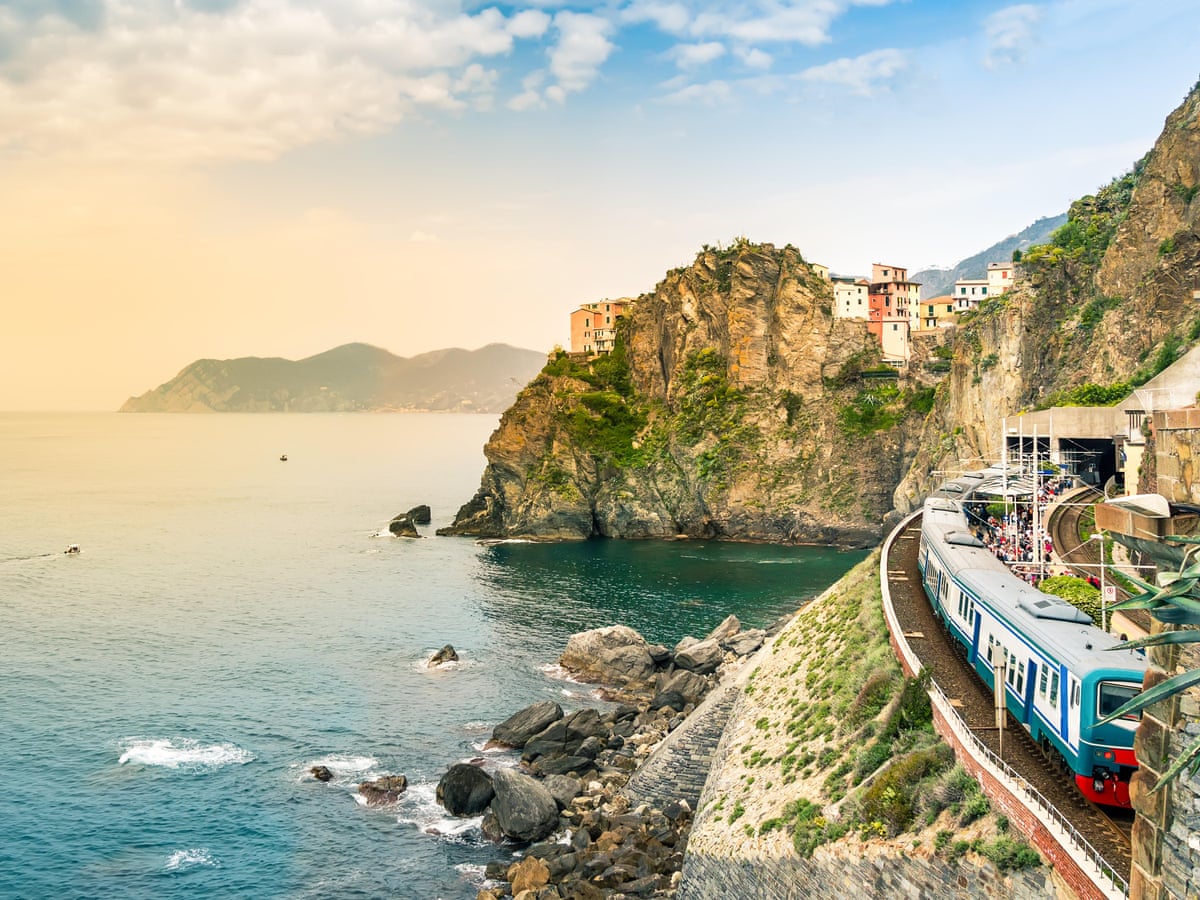Why Trains Align with Italy’s Unique Geography
Italy’s compact size and well-connected rail network make trains an ideal match for its diverse regions. Unlike other modes of transport, trains navigate the country’s varied terrain—coastal cliffs, mountain passes, and vineyard-lined valleys—with ease, turning transit time into part of the adventure. High-speed services like Frecciarossa link major cities in hours: Rome to Florence in 1.5 hours, Florence to Venice in 2 hours, and Milan to Naples in under 3 hours, minimizing time spent traveling and maximizing time exploring.
Key advantages of this approach:
- Scenic routes: Regional trains, such as the Circumvesuviana line near Naples, wind through coastal towns and past Mount Vesuvius, offering views no highway can match.
- Central station locations: Major stations (Rome Termini, Florence Santa Maria Novella) sit in the heart of cities, putting historic centers, hotels, and attractions within walking distance—eliminating the need for post-arrival transit.
- Cultural immersion: Train stations themselves are often architectural landmarks (e.g., Milan Central Station’s grand marble halls), and onboard interactions with locals provide unscripted glimpses into daily Italian life.
Iconic Routes for a Curated Journey
Italy’s rail network connects its most beloved destinations, with routes designed to highlight distinct regional identities:
- Rome to Florence: A high-speed journey through Lazio and Tuscany, this route bridges ancient history and Renaissance art. Disembark in Florence to explore the Uffizi Gallery (with pre-booked entries streamlining access) before continuing to smaller Tuscan towns like Siena via regional trains.
- Venice to the Dolomites: After wandering Venice’s canals, board a scenic train to Bolzano, where alpine landscapes replace waterways. This route showcases Italy’s dramatic shift from coastal beauty to mountain grandeur.
- Naples to Palermo: Overnight trains or ferries with rail connections link mainland Italy to Sicily, allowing travelers to delve into Sicilian baroque architecture in Catania and taste fresh seafood in Taormina—all while avoiding the hassle of airport transfers.
Elevating the Experience: Beyond the Tracks
To fully savor a train tour of Italy, pairing rail travel with thoughtful add-ons enhances comfort and depth—elements that align with curated travel approaches:
- Private guided city tours: Local experts meet you at stations to lead focused explorations, from Vatican City’s hidden corners to Bologna’s food markets, adding context that guidebooks can’t match.
- Central luxury accommodations: Staying in centrally located hotels (a hallmark of refined travel planning) means stepping off the train and into a comfortable base within minutes, preserving energy for evening strolls through piazzas.
- Bespoke itineraries: Flexibility to adjust routes—like adding a day trip from Florence to Lucca via regional train—ensures the journey adapts to personal interests, whether that’s wine tasting in Chianti or hiking in the Cinque Terre.
The Magic of Slow Travel
Train travel in Italy encourages a pace that lets the country unfold naturally. Unlike rushed air travel, there’s time to watch vineyards blur into olive groves, sip espresso in station cafes, and arrive in each new town with a sense of anticipation rather than exhaustion. It’s a way to experience Italy not just as a collection of landmarks, but as a living, breathing tapestry of culture, landscape, and tradition—one where the journey itself becomes part of the memory.
For those seeking to connect with Italy beyond the surface, train travel offers a path that’s both efficient and enriching, turning each mile into a thread in the story of their adventure.

